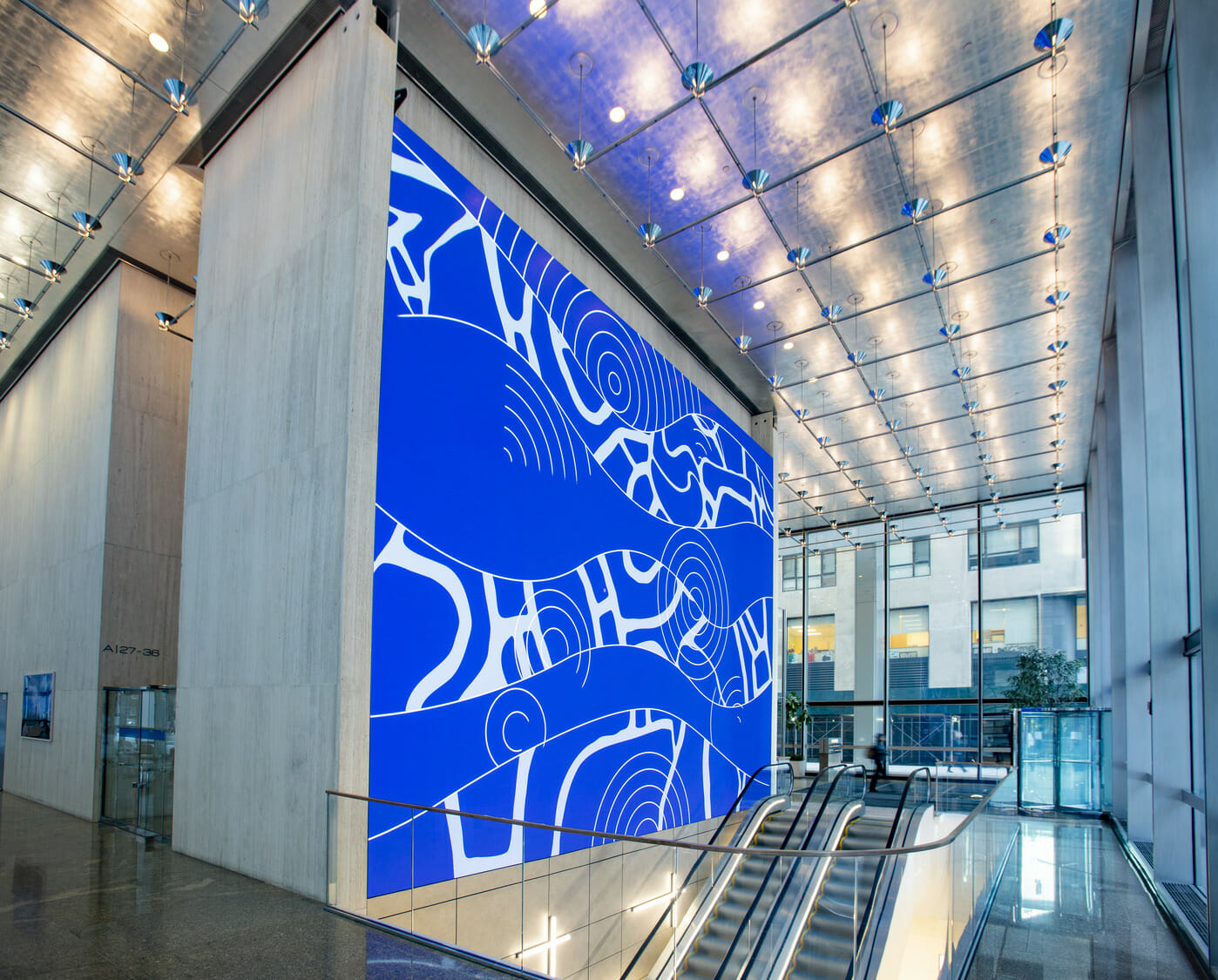Novel Strategies to Improving Untethered Connectivity Technologies for LED Panel Surfaces.
Wiki Article
Wireless connectivity technologies for LED wall screens have transformed the way we utilize visual displays in diverse settings, such as concerts, conferences, and promotional displays. These units, known for their high-impact colors and high clarity, rely heavily on stable wireless connections to function effectively. As digital infrastructure continues to advance, innovative approaches are being developed to optimize these wireless frameworks. This discussion will explore some of the latest strategies aimed at improving wireless integration for LED wall panels.

One significant approach to enhancing wireless communication is the use of next-generation antenna technology. Antennas play a vital role in transmitting and capturing signals between devices. By employing adaptive antenna arrays, which can adapt their direction and beamforming pattern based on the surroundings, engineers can greatly improve signal integrity and reliability. This adaptability helps reduce disruption from other electronic devices and obstacles, leading to sharper video quality and more stable link performance for Light Emitting Diode wall panels.
Another forward-thinking approach involves implementing mesh network architectures. Unlike traditional wireless configurations that depend on a single access point, mesh networks consist of multiple nodes that collaborate to spread the internet connection over a broader area. This structure ensures that Light Emitting Diode wall panels receive a steady signal no matter their location. In venues like stadiums or large exhibition halls, where physical obstructions may disrupt signals, mesh networks provide a more reliable framework by maintaining connectivity even in high-traffic environments.
In addition, incorporating edge computing into wireless connectivity can enhance performance for Light Emitting Diode wall displays. Edge computing allows data processing to occur closer to the source of data origination rather than depending entirely on centralized cloud infrastructure. By processing data near the LED wall panels, the system reduces latency, resulting in faster response times and smoother video rendering. Website This development is especially advantageous for use cases that demand real-time responses or interactive functions, making visual displays more immersive for viewers.
Finally, leveraging new communication protocols can also improve wireless network performance for Light Emitting Diode wall screens. Protocols such as Wi-Fi 6 and fifth-generation wireless offer greater bandwidth and accelerated data throughput compared to earlier standards. These advancements enable multiple devices to connect simultaneously without compromising performance. As LED wall displays are often paired with other smart technologies, integrating these modern protocols guarantees that all systems can communicate effectively, leading to an overall better user experience.
In conclusion, the advancement of wireless connectivity solutions for Light Emitting Diode wall displays is crucial as technology continues to advance. Through innovations such as smart antennas, mesh networking systems, edge computing integration, and new communication protocols, producers can deliver better efficiency and reliability. These approaches not only improve the functionality of Luminescent Diode wall units Extra resources but also enhance the visual displays they offer across various applications. As these technologies develop further, viewers can anticipate even more cutting-edge displays in the future.